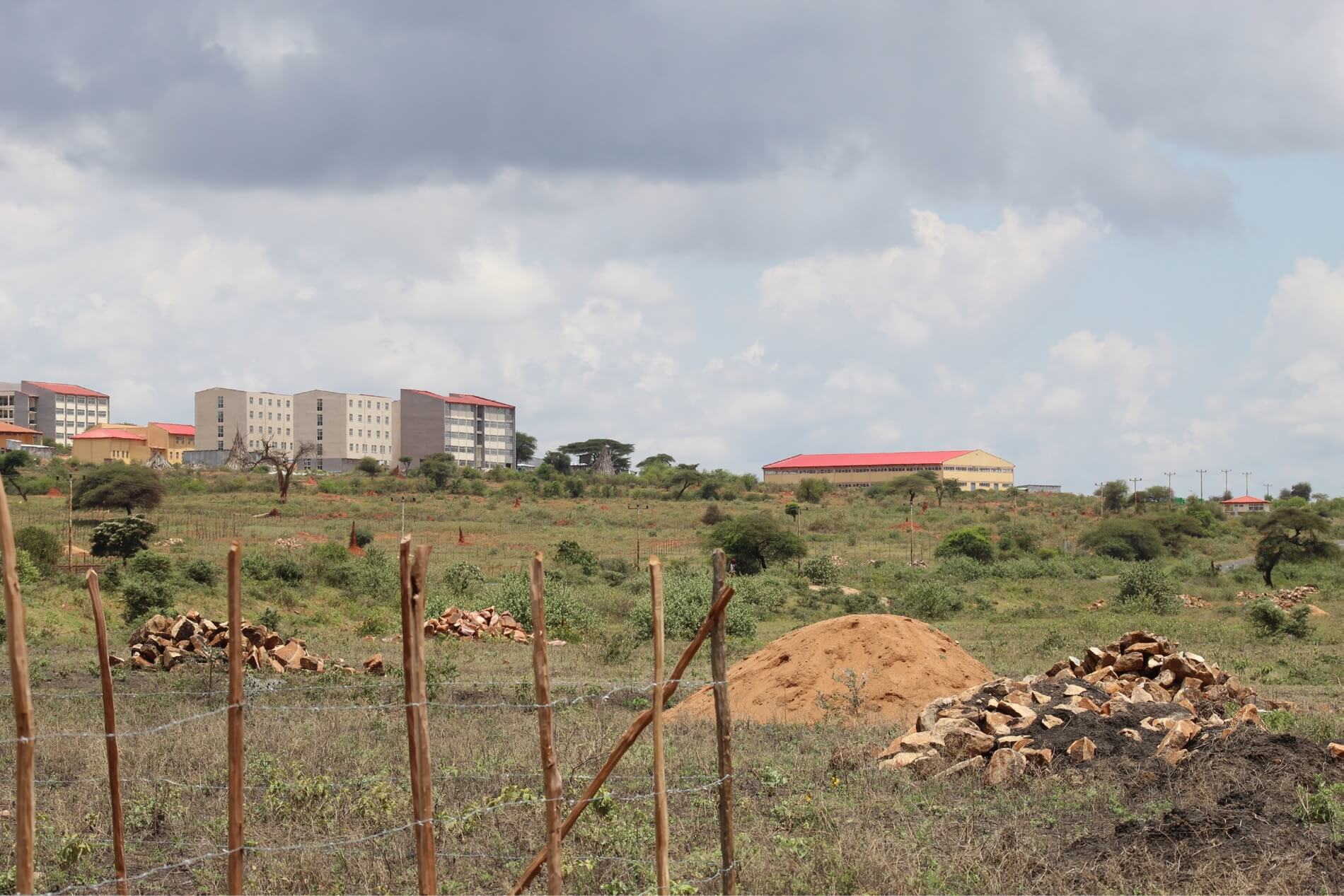
Masresha has research expertise in Ethiopia, Kenya and Niger drylands. His PhD project with the PASTRES programme focuses on the role of insurance in mitigating risk and generating resilience among Borana pastoralists of southern Ethiopia.
Identity Nexus Politics:
During the peak of the Oromo protests (2015-2018) that brought a leadership change in Ethiopia, the youth demonstrated by holding two types of flags: the traditional Gada flag represented by white, red and black colours and the Oromo political resistance flag with green, red and some yellow in between. After a new leadership stepped into power, grievances continued among the same Oromo ethnic groups. Local officials now target people with these flags. In Borana, pastoralists came up with a new form of resistance – they paint their homes with the colours of the two flags and face the consequences.
During the peak of the Oromo protests (2015-2018) that brought a leadership change in Ethiopia, the youth demonstrated by holding two types of flags: the traditional Gada flag represented by white, red and black colours and the Oromo political resistance flag with green, red and some yellow in between. After a new leadership stepped into power, grievances continued among the same Oromo ethnic groups. Local officials now target people with these flags. In Borana, pastoralists came up with a new form of resistance – they paint their homes with the colours of the two flags and face the consequences.
Pastoralism evolves. In Gomole, Borana, the practice of exchanging pasture lands for farmlands, permanently or temporarily, can be seen inside people’s homes. Attire and utensils once linked to livestock rearing must be moved to accommodate the new farming livelihood.

‘We sniff opportunities, and we grab them. We are pragmatic. We are not pastoralists by choice; rather, we know it is vital in such environmental conditions. That does not mean we should stick with it [pastoralism] when things change, we should look for ways of supporting it. I know the environment will fail me if not now, maybe next year, so I invest in different forms of supporting livelihood through livestock’.
doyo, male, 62. feb 28, 2020.
Tractors are seen in the zonal capital, Yabello, hustling to get fuel. For a week or so, the roads are busy as (agro) pastoralists rush to lease tractors and utilise the small rains to plant.



The investment in modern agronomic practices comes with its own uncertainty. Rain will wipe out the crops. In the past, the stress was the risk of rain failure, while in 2019 floods destroyed crops and killed animals.
Networks of smuggling goods.
As lorries and trucks are stopped and their cargo checked by customs, those in pastoral areas are quick to find the system’s loopholes. They use public transport and a few kilometres before the customs check, they offload goods onto motorbikes that travel into the bush. They then load up the bus again after the checkpoints. A network of young pastoral men provide the services by tracing the daily movement of the police. Deadly motorbike accidents are becoming more common.
As lorries and trucks are stopped and their cargo checked by customs, those in pastoral areas are quick to find the system’s loopholes. They use public transport and a few kilometres before the customs check, they offload goods onto motorbikes that travel into the bush. They then load up the bus again after the checkpoints. A network of young pastoral men provide the services by tracing the daily movement of the police. Deadly motorbike accidents are becoming more common.

Borana and other pastoral areas in Ethiopia are witnessing various types of public infrastructure expansion. The Borana University, inaugurated in June of 2013, was one of these public investments. It was built on land that serves (agro)pastoralists as a dry season pasture reserve and is used for sporadic farming.
Due to its proximity to the zonal capital of Yabello, locals feared others might encroach on their land, or that the municipality of Yabello might expand its boundary, overtake and distribute land in the name of investment. Aiming not to lose everything, they decided with the local administration to distribute the land to selected members of the community who could afford to build houses for rent, shops or other businesses. This is a classic case of how pastoralists, individually or collectively, respond to the risk and uncertainty they face on a daily basis.
credits:
All photography, unless otherwise noted, by Masresha Taye.
Photovoice Advisor: Shibaji Bose
Photo Editing and Newspaper Design: Roopa Gogineni
pHotovoice
In a pastoral system, risk and uncertainty are complex and
interconnected, making it challenging to capture pastoralists' views
about them. However, through photovoice, pastoralists were able communicate
their experiences through pictures taken by themselves and their accompanying
narratives. Eighteen pastoralists disaggregated by their wealth
status, gender, age, and location participated in the photovoice
research, which asked ‘How do you visualise risk and uncertainty through pictures?’

